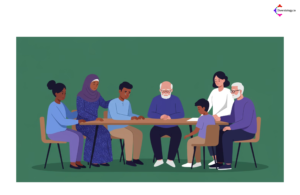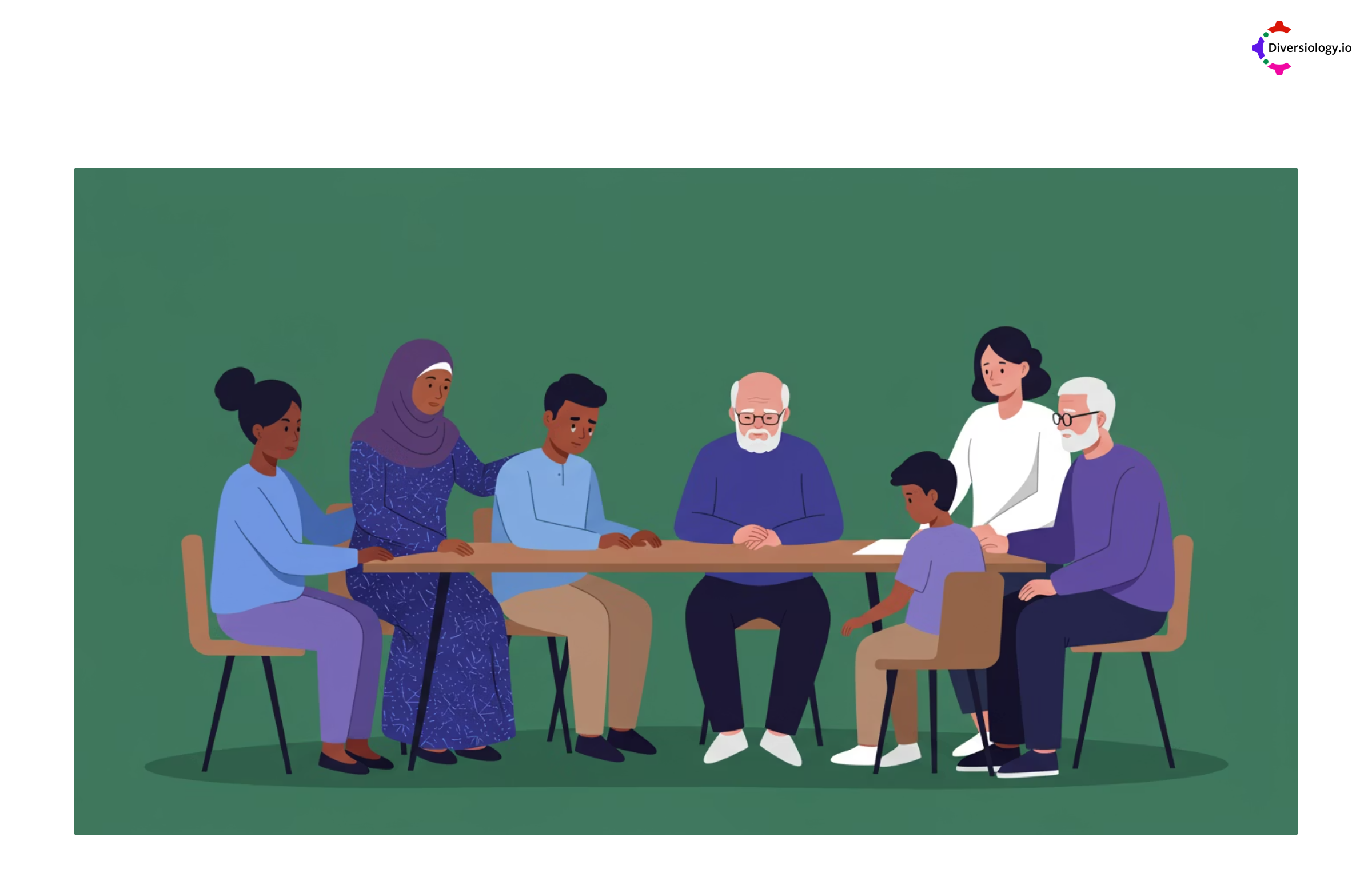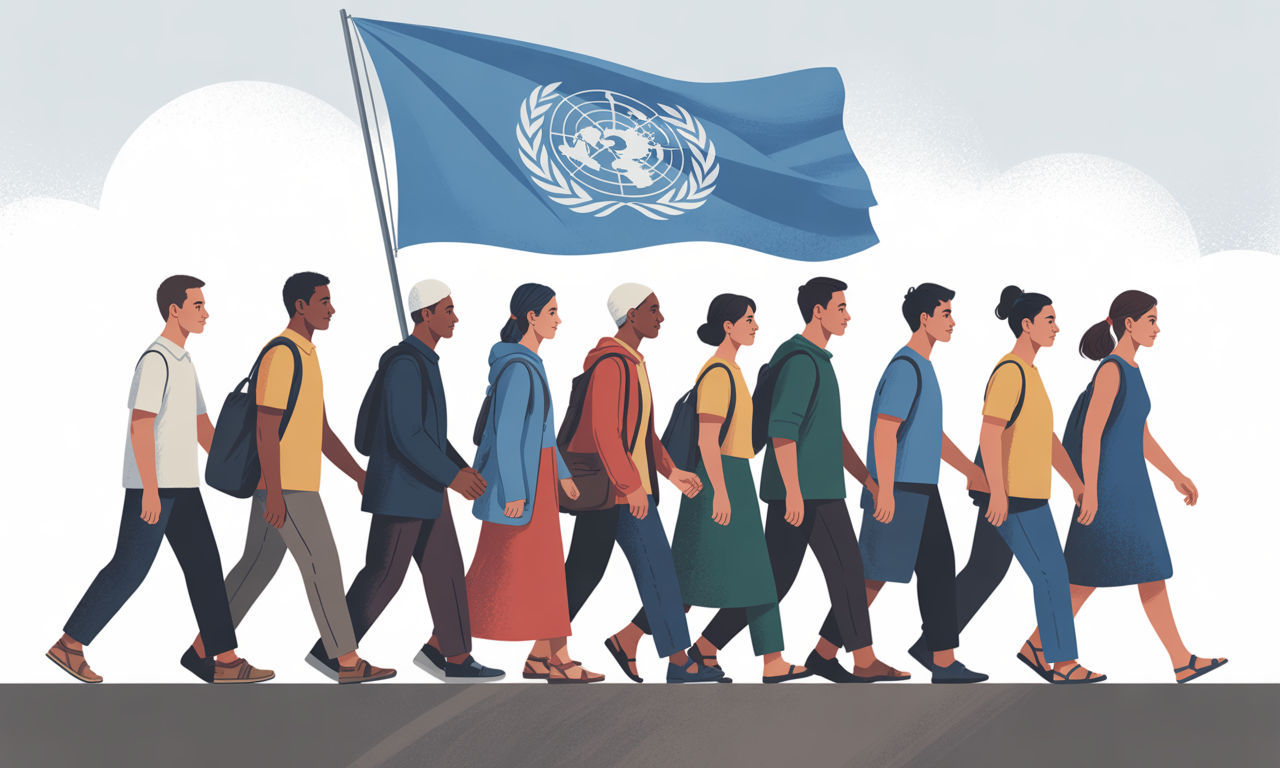
Mental Health Isn’t Just Personal—It’s Structural
Let’s get honest. We’ve been taught to treat mental health like it’s something you deal with after hours, in private, maybe with a quiet day off here and there. But for those of us doing this work—for those of us living it—mental health is woven into every meeting, every policy, every interaction.
It’s not separate. It’s not an add-on. It’s central.
If your DEI strategy doesn’t include mental health, it’s not complete. Period.
The Mental Health Gap Is a DEI Gap
Here’s what the data tells us:
- Only 47.2% of U.S. adults with mental illness receive treatment.
- Employees from historically marginalized racial and ethnic communities, as well as LGBTQIA+ employees, face higher rates of identity-based stress—and are less likely to access care.
- 74% of employees with mental health conditions don’t disclose to HR. You already know why: fear, stigma, and consequences.
This isn’t just about wellness. It’s about equity. And it’s about survival.
Folks from historically excluded communities aren’t just navigating their workload. They’re navigating bias, silence, and emotional labor that leadership often doesn’t see.
What DEI Leaders Get Wrong
Too many organizations treat mental health like a separate lane from DEI. A wellness webinar here, an EAP flyer there. That’s not enough.
Here’s what’s missing:
- Mental health isn’t framed as a justice issue—just a nice-to-have
- Awareness months become symbolic performances without follow-through
- Leaders aren’t trained to recognize distress or burnout in real time
- ERGs become the emotional dumping grounds with no resourcing or protection
If your strategy doesn’t include space for people to be human, then what exactly are we building?
What an Inclusive Mental Health Strategy Looks Like
Let’s talk about what it can look like:
- Name Identity-Based Stress Out Loud
Create listening spaces where people don’t have to explain why they’re tired. Let lived experience speak. - Train Your Leaders—Not Just Your Line Staff
If your VP can’t hold space or spot burnout, that’s not leadership. That’s liability. - Audit Your Policies for Real-World Impact
Does your time off policy actually support mental health? Or are folks scared to use it? - Stop the One-Month-Only Mental Health Push
May shouldn’t be the only time mental health shows up. Bake it into your culture year-round. - Protect Your ERG Leaders
Stop relying on unpaid emotional labor. Fund them. Recognize them. Back them.
Bring It Back to the People
This work is about people. Real people. Whole people. Tired people. Brilliant people.
Mental health is a DEI issue. Because inclusion without safety isn’t real. Because no one should have to check their humanity at the door to do their job.
If we want cultures that truly work—for everyone—this is the work.
So ask yourself:
What does our approach to mental health say about who we value—and who we don’t?
Need support bringing this into your org?
Join the Diversiology Community for weekly tools, real conversations, and bold solutions rooted in justice and humanity.








